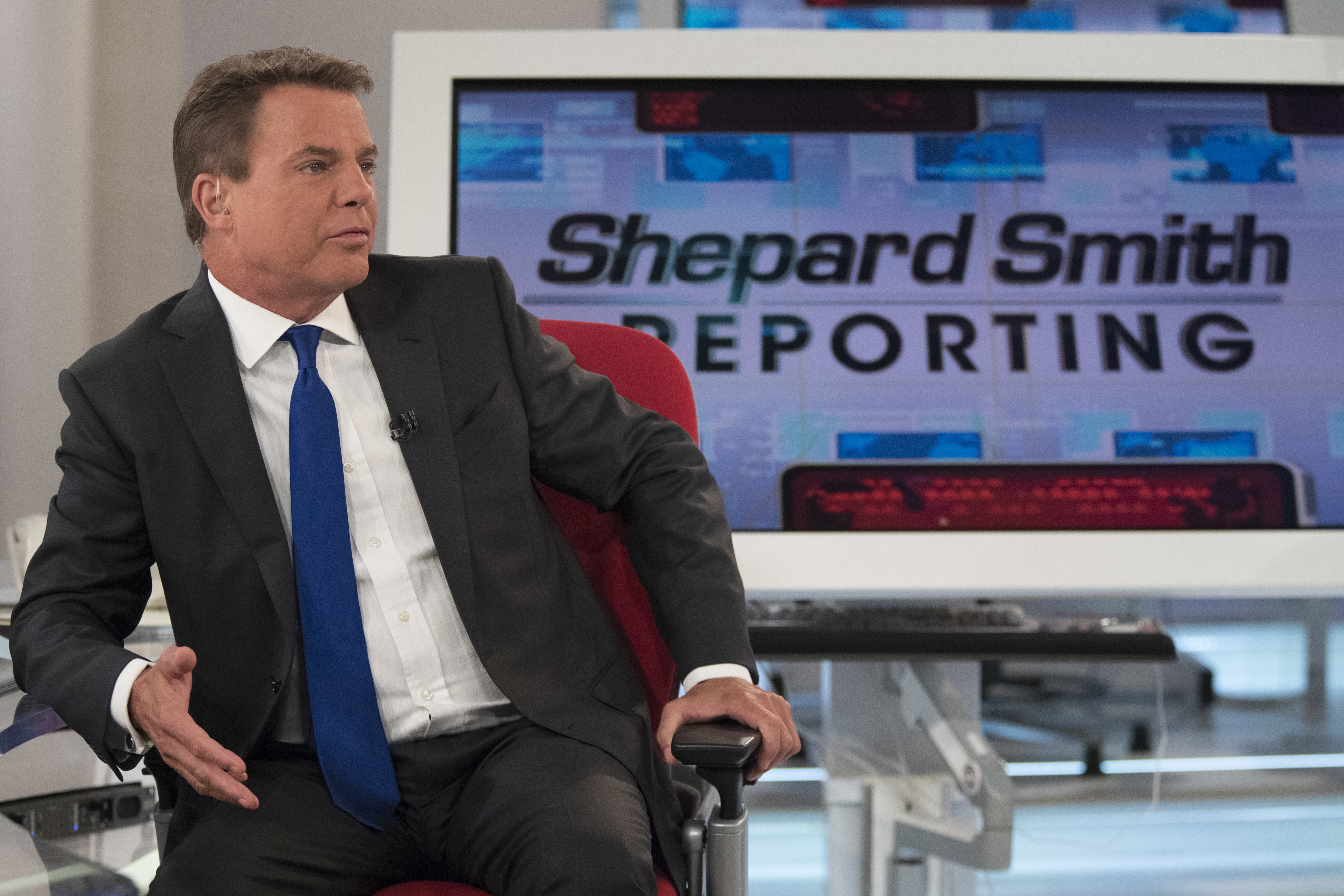Categories
JournalismJournalists, often the subject of the president’s ire, continue to chronicle how his rhetoric inspires divisiveness and even violence. Yet such efforts to vilify the press have not deterred many young people from studying the field. Here’s a look at the latest news detailing the difficulty of practicing journalism today.
In his first public speech since leaving Fox News, Shepard Smith Thursday night decried the “intimidation and vilification of the press” and warned against authoritarian governments that endanger a free press, alluding to President Donald Trump but never calling him out by name. “Autocrats have learned how to use those same online tools to shore up their power. They flood the world of information with garbage and lies, masquerading as news,” Smith said, according to The New York Times, which covered the dinner for the Committee to Protect Journalists, a nonprofit group that advances press freedoms globally. Smith also pledged a $500,000 donation to CPJ during his speech.
In October, after a doctored video — depicting a fake Trump violently killing journalists and his political opponents — was shared at a pro-Trump conference, Washington Post media columnist Margret Sullivan wrote: “If Trump doesn’t condone violence against journalists, he should stop inspiring it.” Sullivan said Trump might not have created the video but that his rhetoric encouraged the sentiment.
Despite the era of fake news, Christina Bellantoni, a professor of journalism at the University of Southern California and a former editor of Roll Call and at the Los Angeles Times, said in a podcast in March that a new generation has been encouraged to become professional journalists.
In February, after Trump tweeted that a New York Times investigation about how he has tried to undermine federal investigations involving him was false, Times’ publisher A. G. Sulzberger urged Trump in a statement to cease using the phrase “enemy of the people,” saying it can incite violence against reporters.
Mother Jones writer Mark Follman reported in September 2018 that he interviewed a half-dozen law enforcement and security leaders and found “the targeting of journalists has steadily intensified in the Trump era, from organized campaigns of personal harassment to bomb threats and vows of assault, rape and mass shootings.”
After the October 2018 murder of Jamal Khashoggi, a Saudi who wrote for The Washington Post, press freedom advocates gathered outside the White House to protest the administration’s inaction in condemning the Saudi royal family for its reported role in the murder. “The most chilling message sent by the murder of Jamal Khashoggi is that no one is safe from Saudi Arabia’s brutal reach,” Courtney Radsch of the Committee to Protect Journalists told CNN. “But this need not be true. A strong response from the U.S. government and from President Trump himself and other governments would send a message to the Saudi authorities that acts, such as the murder of Jamal Khashoggi, will not be tolerated.”
In February 2017, Trump’s campaign team sent a “biased” survey to supporters about the media. It was the first instance of Trump using the term “enemy of the people” to describe journalists, according to the Committee to Protect Journalists. The committee keeps a database of Trump’s tweets regarding the media and found that from the time Trump launched his candidacy to the start of 2019, Trump “has sent 1,339 tweets about the media that were critical, insinuating, condemning, or threatening.”





